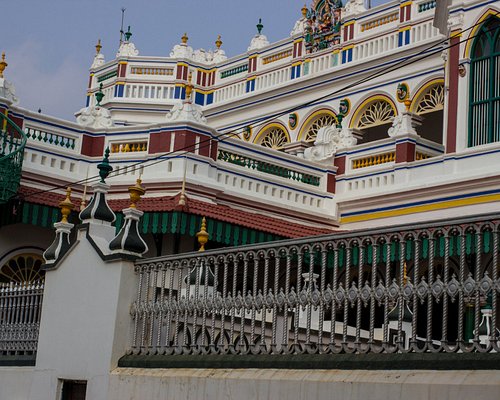Popular Clients
We’ve 1520+ Global Premium Clients




Sivaganga District is the 26th largest district by population size and the density of people per Sq.Km is 324 as per 2011 census with a sex-ratio of 1,003 females for every 1,000 males. Sivaganga district is located between 9˚.43’ and 10˚.22’ North Latitude and 77˚, 47’ and 78˚.49’ East longitudes. It covers area of 4189 sq.km. It is bounded by Pudukkottai district on the Northeast, Tiruchirapalli district on the North, Ramanathapuram district on South East, Virudhunagar district on South West and Madurai District on the West.
Sivaganga district has red soil and clay soil. The familiar landscape is of palm and acacias. The Vaigai River flows in the district which fill water to around 100 tanks. A small hillocks in Piranmalai and small hillock at Kundrakudi are the hills in the district worth mentioning.
The climate is almost dry and sultry, especially during summer months. During the winter season (i.e.) December to January the temperature is below the normal. The district experiences sunshine and moderate high temperature through the year. The maximum temperature of 42˚-43˚C. The months of April and May are the hottest months and the cold weather prevails only during December – January.
No Minerals of Economic Importance found in Sivagangai District, except Gravel, Laterite, Red Soil, Brown Clay, filling Earth and sand. Gravel, Red Soil and Filling Earth are used as filling material in construction works. Brown clay is quarried and used in Country kiln and Chamber Kiln for making of Bricks.
Mainly two type of Minor Minerals constituents such as sand and gravel are required for any type of construction apart from other material like cement and steel. In earlier times, the houses / buildings were constructed in the form of small dwellings with walls made up of mud plaster, stone, and interlocking provided with wooden frames and there were negligible commercial as well as developmental activities resulting in less demand of binding materiel



